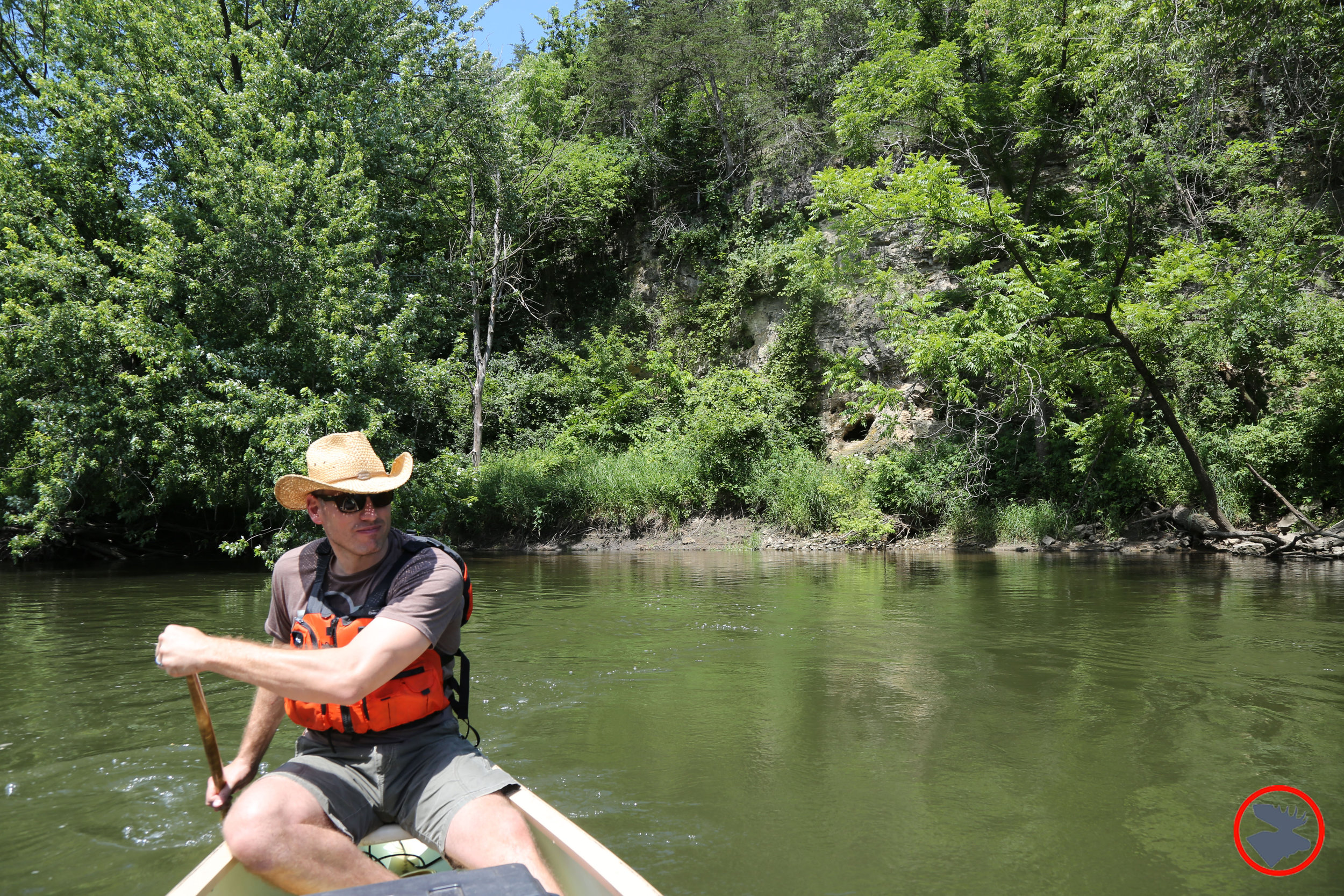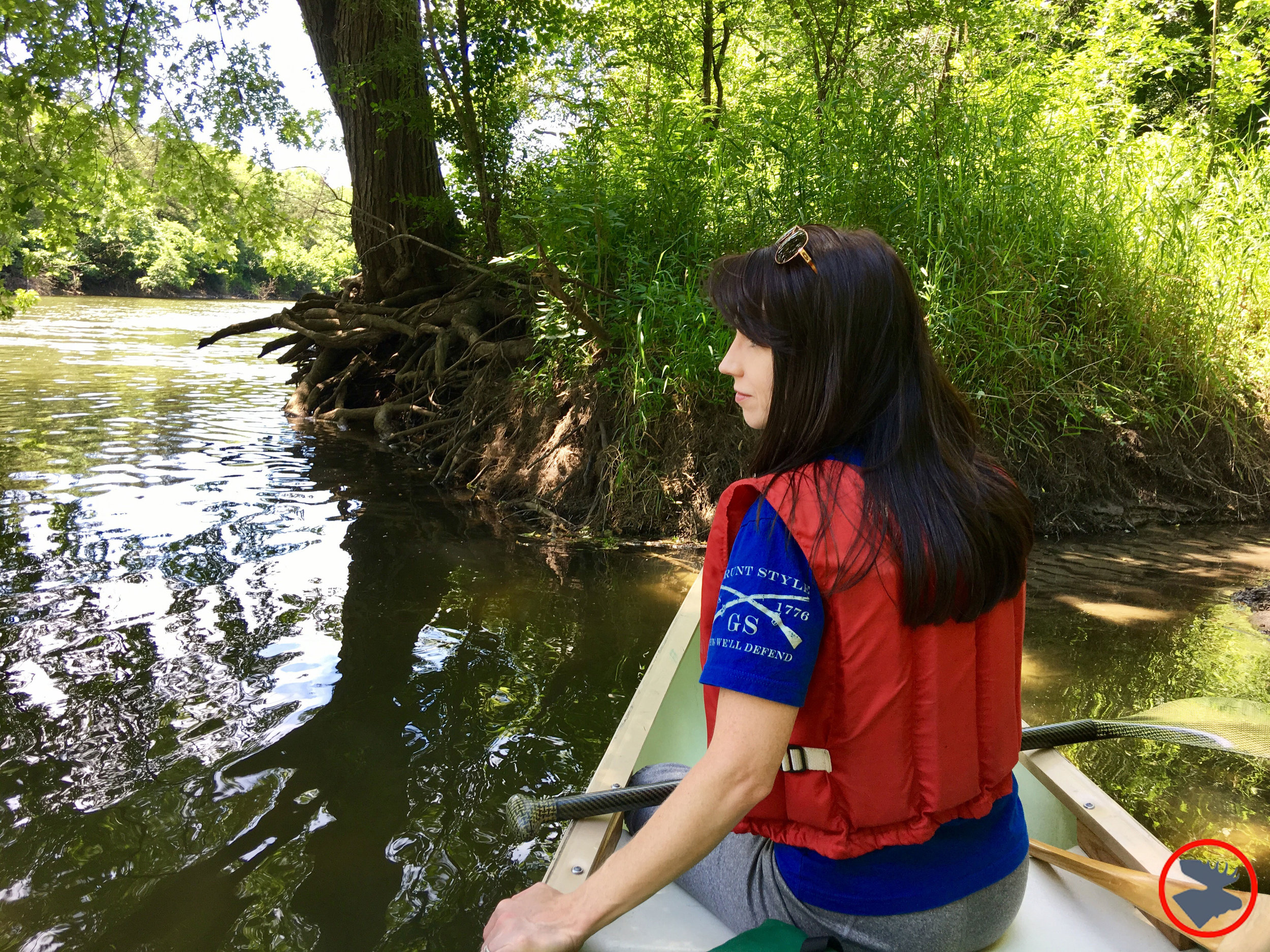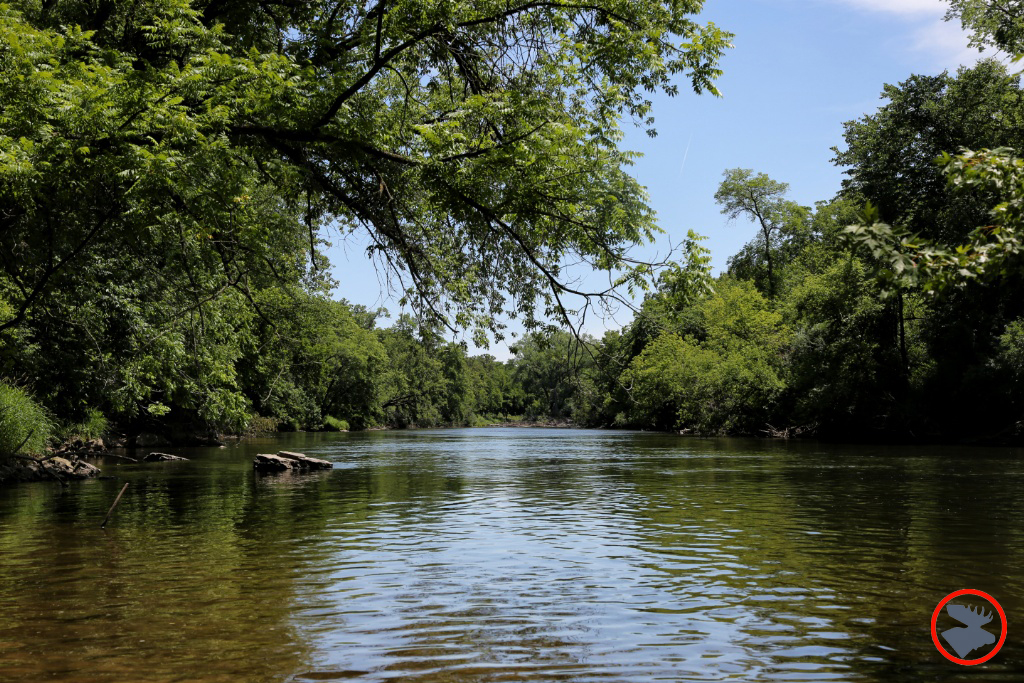Minnesota, “The Land of 10,000 Lakes,” is famous for its northern wilderness waters: the Boundary Waters Canoe Area Wilderness, Voyageurs National Park, the headwaters of the Mississippi, and Lake Superior’s spectacular rocky shoreline. I absolutely love these areas, and they’re part of the reason I chose to move to Minnesota more than 20 years ago.
(l-r): Me, Dave, Jeff, and Dad about to launch on a cold and rainy Spring Cannon River cruise in the early 2000s.
I’m ensnared in a dual romance though. Although I love the northwoods and waters of Minnesota, the Driftless Area of southeast Minnesota, southwest Wisconsin, and dipping into Iowa and Illinois captures much of my time and attention! Untouched by glaciers, the Driftless Area offers towering bluffs, deep valleys, lush hardwood forest, and beautiful streams and rivers.
Included in this paddling mecca in southeast Minnesota is the Cannon River. Called “La Riviere aux Canots” (“The River of Canoes”) by early French fur traders who witnessed the Dakota people canoeing up the riverway to their bison hunting grounds, the Cannon River has been a paddling ground for canoeists for years. If you have an interest in history or the waterways where you find yourself dipping your paddle, this detailed history of the Cannon River is a really fun read.
Today, the Cannon River is popular with recreational canoeists, kayakers, and every other kind of floater and is designated a “scenic” river by the state of Minnesota. This Department of Natural Resources designation states, “Scenic rivers are those rivers that exist in a free-flowing state and with adjacent lands that are largely undeveloped (i.e., adjacent lands still present an overall natural character, but in places may have been developed for agricultural, residential, or other land uses).”
Paddling the Cannon River
The Cannon runs more than 100 miles, flowing through lakes, agricultural areas, and forest in its upper portion, and then entering a deep gorge as it flows past the town of Cannon Falls. It also flows past state and county parks, scientific and natural areas, and other protected public lands, making it appealing for a day’s paddle or a multi-night on-river camping trip (there are numerous primitive on-river campsites). This excellent DNR state river trail map has helpful river and park details to reference for your next trip on the Cannon River.
The Cannon River is generally an easy flowing river with a few riffles, making it suitable for beginning paddlers. There are some dams along the Cannon’s upper portion that will need to be portaged. Pay close attention to water levels and watch for deadfall. The Cannon, like many rivers, can completely change character at high water levels and quickly morph from an approachable waterway to one full of dangerous torrents!
I drove down to the bluff country toward the end of last season, hoping to spend a few days paddling and poling these great rivers, but my trip ended up simply being a nice drive in the country because I judged the rivers to be at dangerously high levels and stayed off them. Deadfall—logs, branches, and other debris—can get jammed up on islands and in bends of rivers, creating dangerous “strainers” and “sweepers.” Paddlers can get swept into these brushy obstacles and dangerously pinned in, or held under them by the river’s current. The outside bends of rivers are particularly dangerous in this type of situation. Knowledge about these types of scenarios is important for paddling safely. Equally important is first-hand practice with backpaddling and ferrying maneuvers to help you hug the inside bend and avoid these dangerous obstacles. People have drowned on the Cannon and other Driftless rivers because they got caught in strainers and sweepers, so it really is important to know the water levels and current state of the river before you dip your paddle. Also, even if the Cannon looks like its usually placid self, wearing your PFD at all times is the best and safest approach—it also helps give you a much better chance of being able to return and paddle the river again.

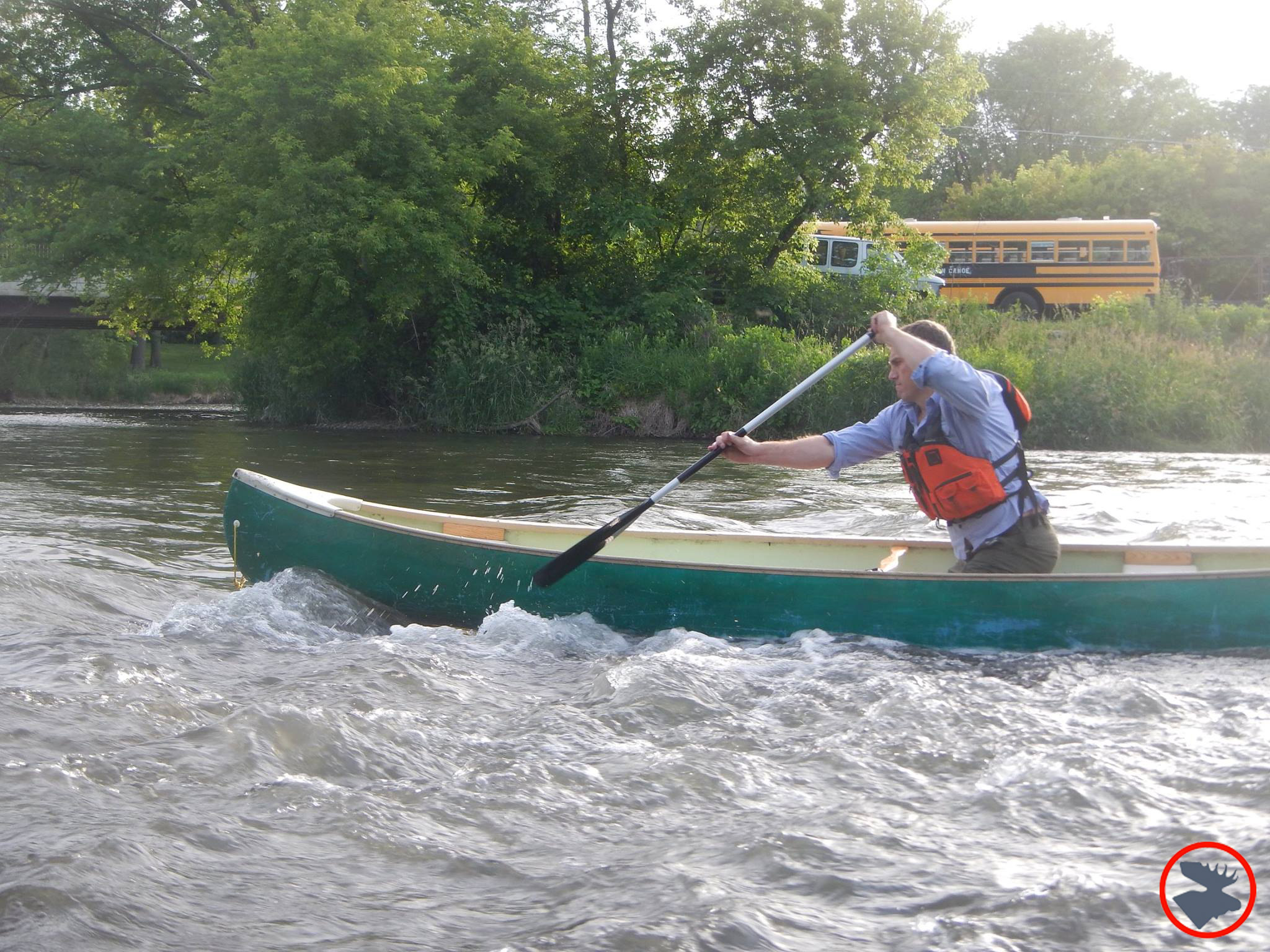
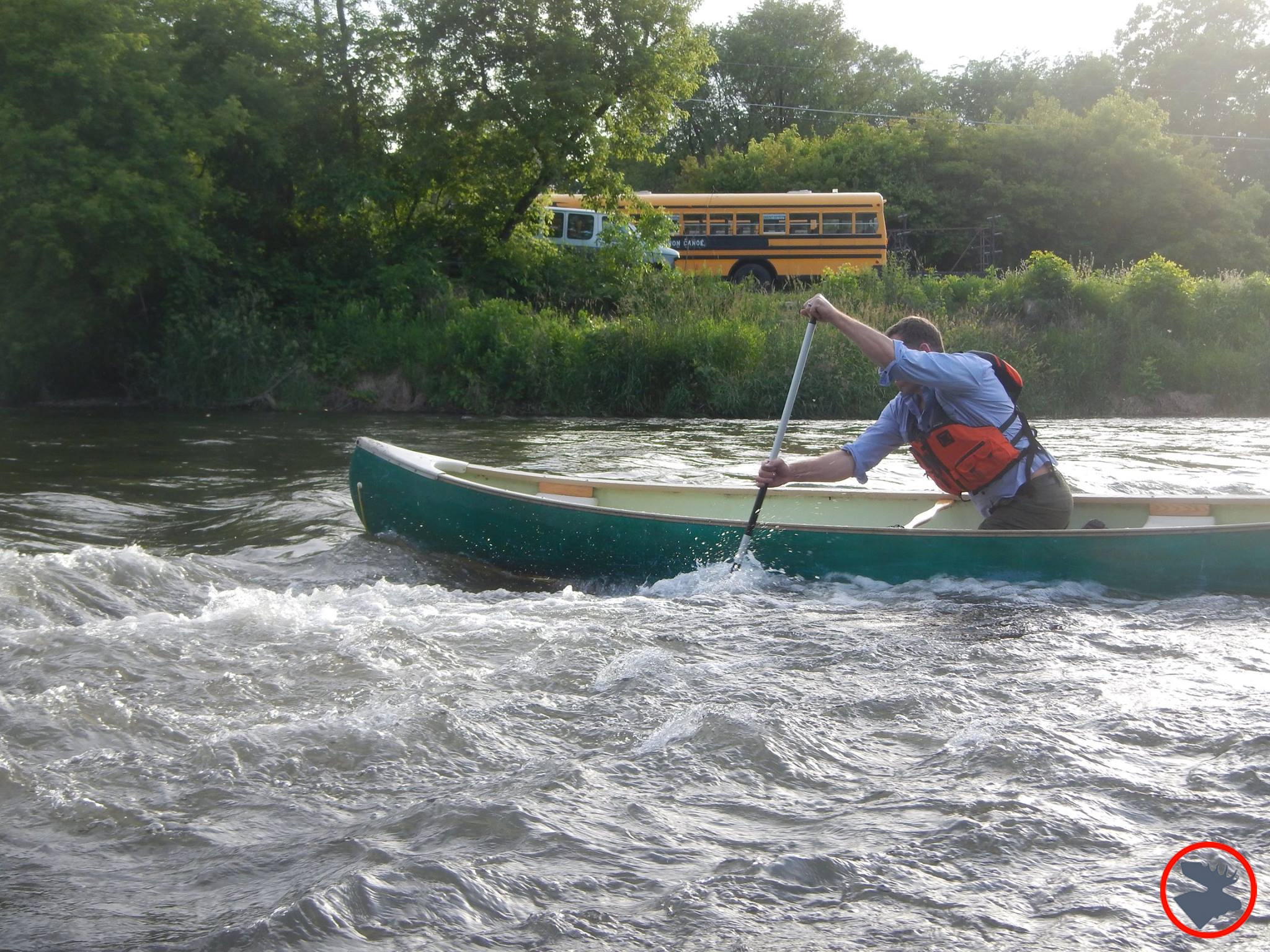
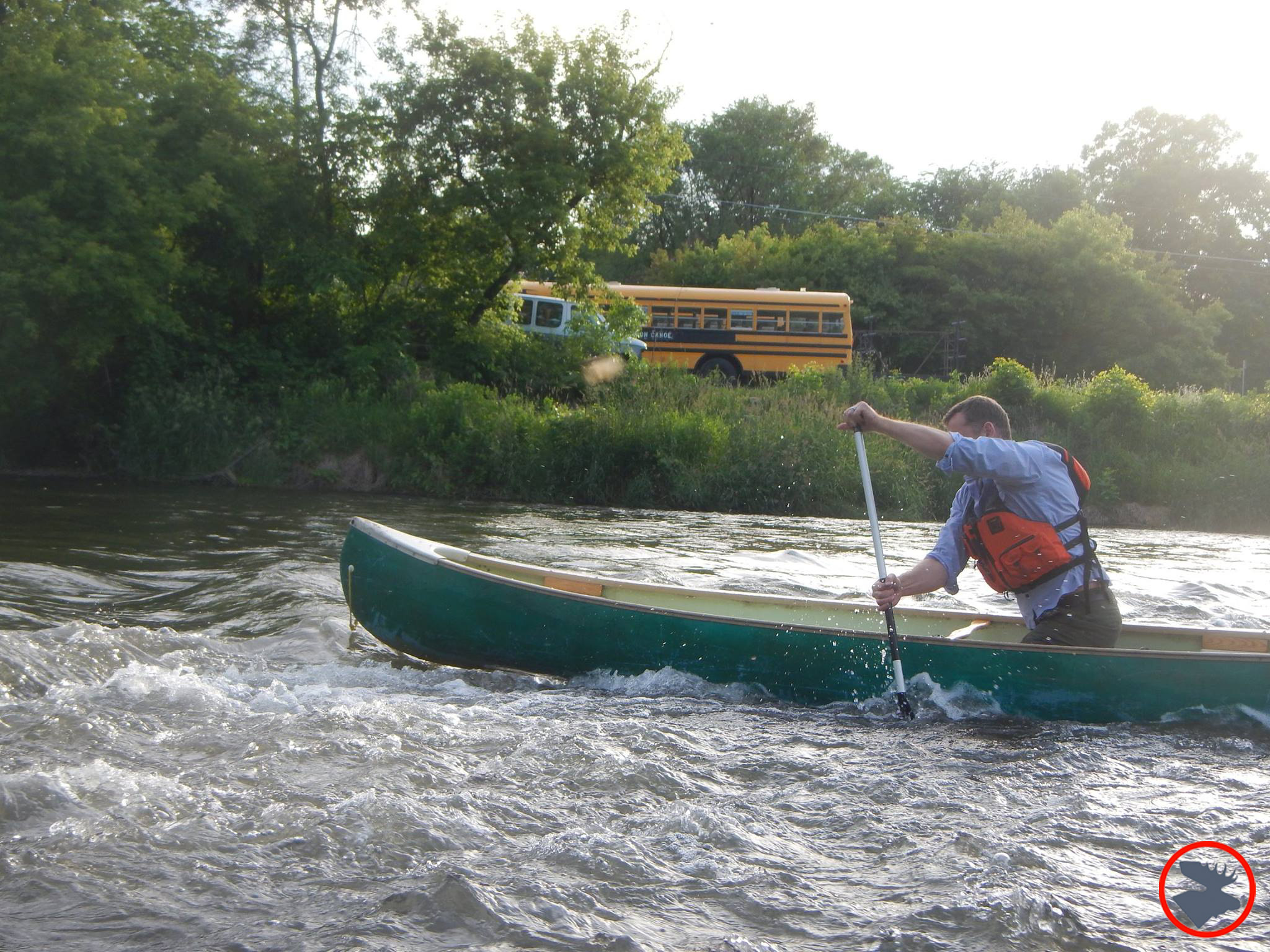
The Cannon Attracts Crowds
Given its location, beauty, and access, the Cannon can be fairly busy on Summer weekends. Cannon Falls is the launching point for many rental paddlers, and further downstream at Miesville Ravine, tubers put on the water to float to Welch Village.
Linda and I enjoyed a great day on the Cannon one 4th of July weekend, but there was a fair amount of traffic on the river. Given that it was a holiday weekend, we knew what we were getting into, but thoroughly enjoyed the trip nonetheless. Twisting along the treelined river banks, we enjoyed blue skies, lush, and green mounded bluffs, some hundreds of feet high in the Cannon’s valley. We even spotted a goat resting in a cave halfway up a cliff face.
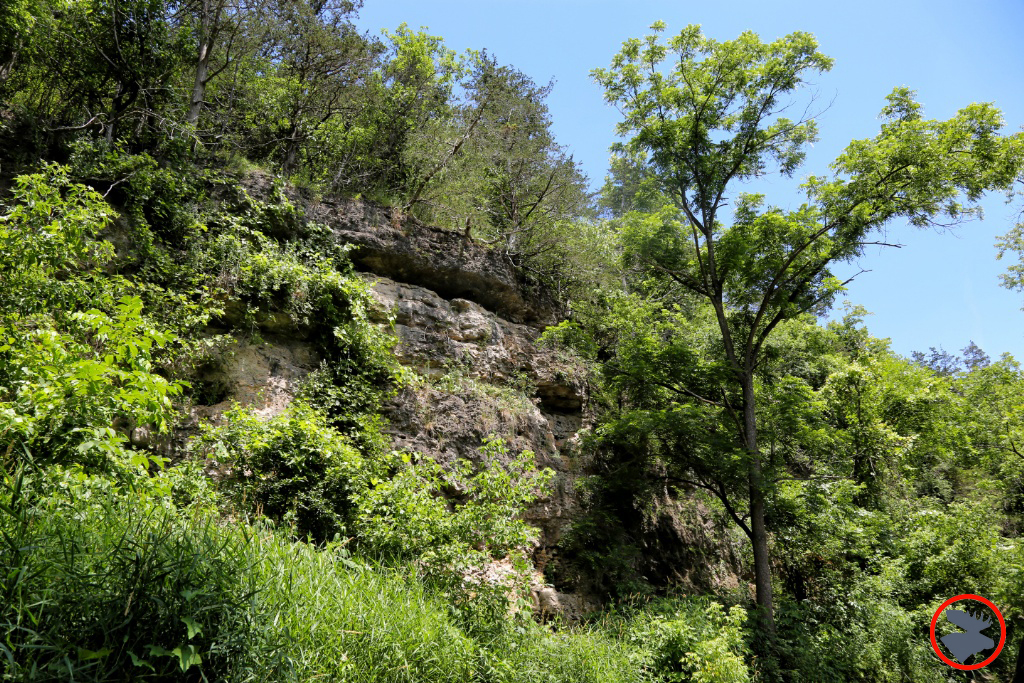
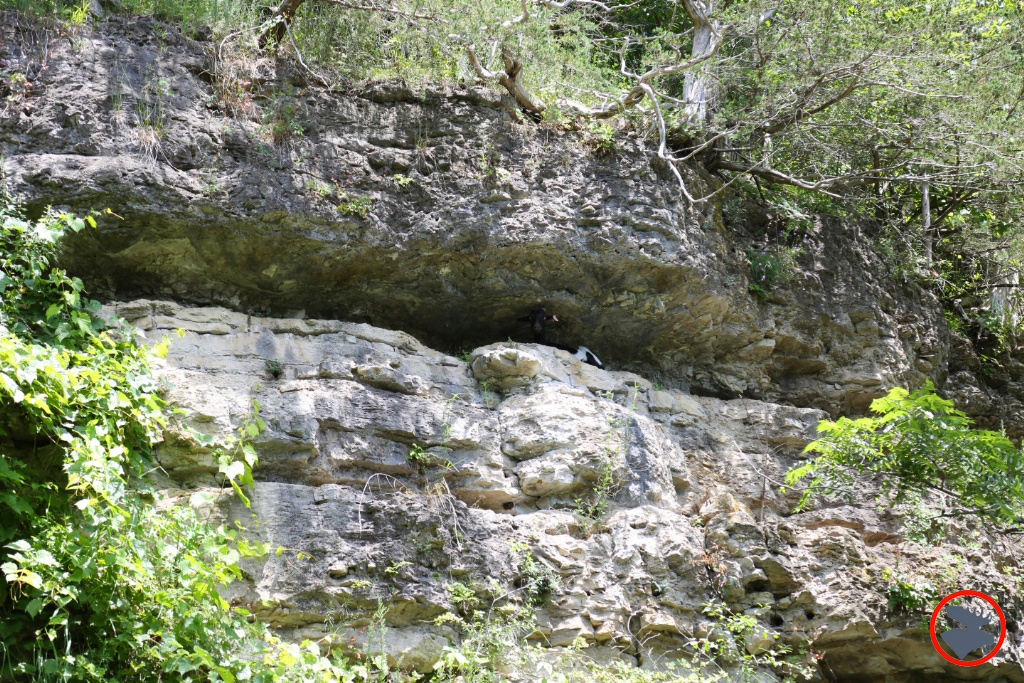
If you’re looking for solitude on the Cannon River, your best bet is to launch up or downriver of the rental shops or plan your paddle for off-season or on a weekday. If those options aren’t in the cards, try launching earlier on a weekend and be prepared to meet numerous tube barges, largely fueled by beer and lazy day plans.
Compared to other rivers in the Driftless Area, the Root River and the Kickapoo are twistier, rockier, and more intimate than the Cannon River. The Upper Iowa River’s fantastic exposed limestone bluffs earned it National Wild & Scenic River status. The Wisconsin and Mississippi Rivers are big and offer far horizons, huge bluffs, and expedition-type paddling experiences.
I’ve paddled the Cannon River many times, and try to get out on it each Summer. It’s a nice scenic paddle not too far from the Twin Cities, but just far enough to get you well into the country and offer a rewarding taste of the Driftless Area.
